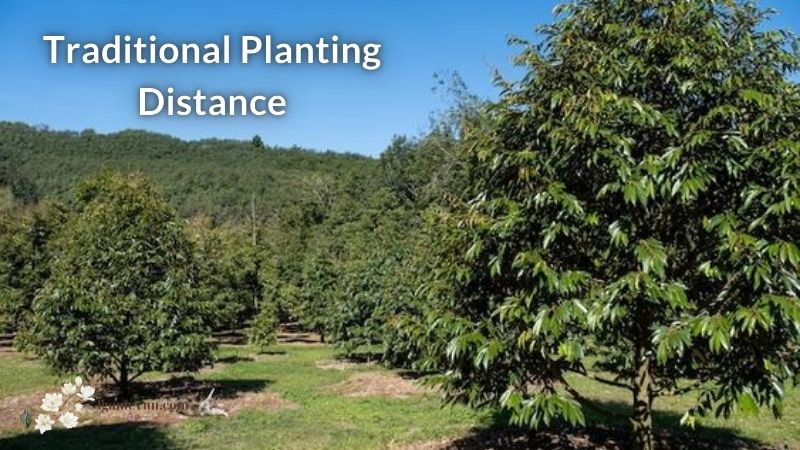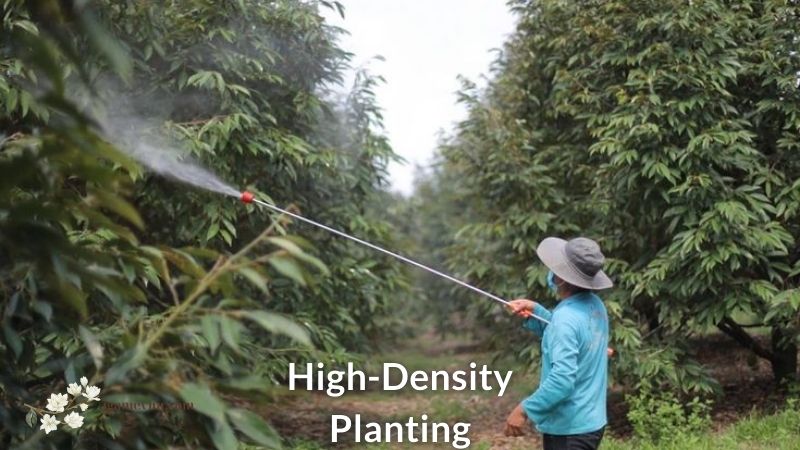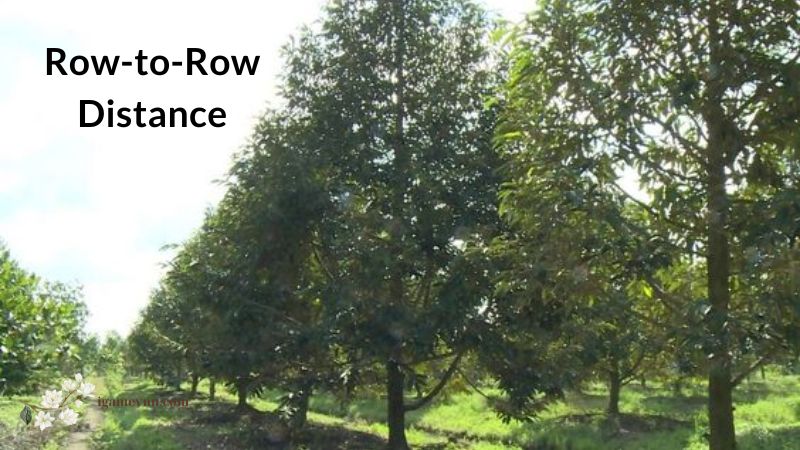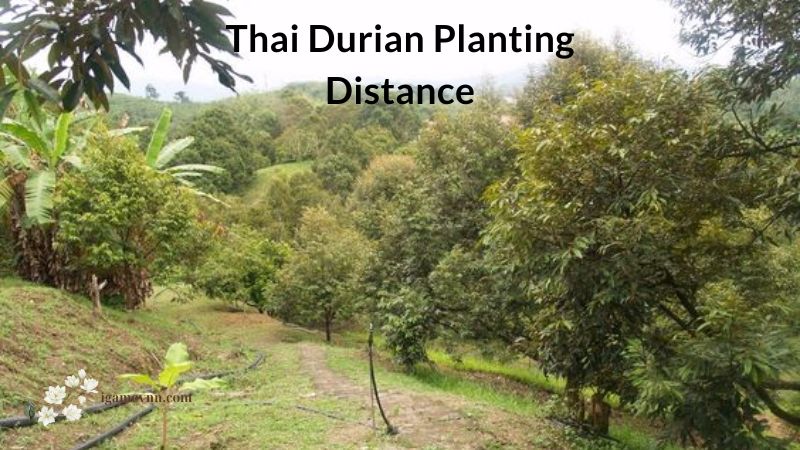Durian, often referred to as the “king of fruits,” holds a special place in Southeast Asian agriculture, particularly in Thailand. Known for its unique flavor and aroma, durian cultivation is both an art and a science. One of the most critical aspects of successful durian farming is understanding the optimal planting distance. This guide from Igamevnn delves into the specifics of Thai durian planting distance, offering insights into best practices and considerations for maximizing yield and tree health.
Table of Contents
ToggleImportance of Proper Planting Distance
The right Thai durian planting distance is crucial for several reasons:
- Sunlight: Adequate spacing ensures that each tree receives sufficient sunlight, which is essential for photosynthesis and fruit development.
- Air Circulation: Proper distance enhances air circulation around the trees, reducing the risk of fungal diseases and pests.
- Nutrient Availability: Trees spaced appropriately have better access to soil nutrients, leading to healthier growth and higher fruit yield.
- Ease of Management: Sufficient spacing allows for easier access for pruning, harvesting, and applying fertilizers and pesticides.
Thai Durian Planting Distance
Traditional Planting Distance

For traditional durian farming in Thailand, the recommended Thai durian planting distance is between 8 to 12 meters (26 to 39 feet) apart. This spacing is ideal for several reasons:
- Tree Size: Durian trees can grow quite large, with expansive canopies. The 8 to 12 meters distance allows the trees to reach their full potential without overcrowding.
- Root Spread: The extensive root systems of durian trees require ample space to access water and nutrients efficiently.
- Sunlight and Airflow: This distance ensures that each tree gets adequate sunlight and air circulation, reducing the likelihood of disease.
High-Density Planting

In recent years, some farmers have adopted high-density planting methods to maximize land use and increase yield. The Thai durian planting distance in high-density orchards is typically around 6 to 8 meters (20 to 26 feet) apart. While this method can be effective, it requires more intensive management:
- Pruning: Regular pruning is necessary to control the size of the trees and maintain adequate light penetration and air circulation.
- Soil Management: High-density planting can lead to faster nutrient depletion, necessitating more frequent soil amendments and fertilization.
- Pest and Disease Control: Closer spacing can increase the risk of pest and disease outbreaks, requiring vigilant monitoring and timely interventions.
Row-to-Row Distance
In addition to tree-to-tree spacing, row-to-row distance is another critical factor in Thai durian planting distance. For traditional planting, the recommended row spacing is also 8 to 12 meters (26 to 39 feet). This alignment ensures that:
- Machinery Access: There is sufficient space for farm machinery to pass through for maintenance, irrigation, and harvesting.
- Water Management: Adequate row spacing facilitates better irrigation and drainage, crucial for durian trees that are sensitive to waterlogging.
For high-density planting, the row-to-row distance is similarly reduced to 6 to 8 meters (20 to 26 feet). Again, this necessitates more careful management to avoid issues related to overcrowding and resource competition.

Soil Considerations
Understanding the soil conditions is vital when determining the Thai durian planting distance. Durian trees thrive in well-drained, fertile soils with a pH level between 6 and 7. Before planting, it’s essential to conduct soil tests to determine the soil’s nutrient content and pH level. Based on the results, farmers can amend the soil with organic matter, lime, or other necessary nutrients to create an optimal growing environment.
Water Management
Durian trees have high water requirements, especially during the flowering and fruiting stages. However, they are also susceptible to root rot if the soil is waterlogged. Proper Thai durian planting distance helps in designing an efficient irrigation system that ensures:
- Even Water Distribution: Adequate spacing allows for the installation of drip or sprinkler irrigation systems that distribute water evenly to all trees.
- Drainage: Proper spacing aids in designing drainage systems that prevent water accumulation around the tree roots, reducing the risk of fungal infections.
Pest and Disease Control
Durian trees are prone to various pests and diseases, including root rot, stem canker, and fruit borers. The Thai durian planting distance plays a crucial role in mitigating these risks:
- Air Circulation: Proper spacing improves air circulation, reducing humidity levels around the trees and making the environment less favorable for fungal growth.
- Pest Monitoring: Sufficient space between trees makes it easier to inspect for signs of pest infestations and apply treatments as needed.
Conclusion
The optimal Thai durian planting distance is a balance between maximizing land use and ensuring tree health and productivity. Whether adopting traditional or high-density planting methods, understanding the importance of spacing can significantly impact the success of a durian orchard. By considering factors such as sunlight, air circulation, soil fertility, water management, and pest control, farmers can create an environment where durian trees thrive and produce high-quality fruit.
In summary, the key takeaways for Thai durian planting distance are:
- Traditional spacing: 8 to 12 meters (26 to 39 feet) apart for both tree-to-tree and row-to-row distances.
- High-density spacing: 6 to 8 meters (20 to 26 feet) apart, requiring more intensive management.
- Considerations for soil health, water management, and pest control are crucial for successful cultivation.
By adhering to these guidelines and adapting to local conditions, Thai durian farmers can optimize their planting practices, leading to robust trees and bountiful harvests.
Related Posts:
- The World of Squash and Pumpkin: A Comprehensive Guide
- The Ultimate Guide to Greenhouse Vegetable Growing
- How Long Does It Take for Chicks to Be Separated…
- How Many Days Does it Take for a Bamboo Chicken to Hatch?
- Understanding the Causes of The Tree has Curly Leaves
- Exploring the Various Types of Jasmine: A…

